-
Astronauts require more calories and nutrients than anyone on Earth.
-
But packaged food loses nutritional value in space, so what will people eat during long space missions?
-
Scientists have discovered the best meal for astronauts and it’s worth trying for yourself.
In the not-so-distant future, humans may travel to Mars or beyond. These deep space journeys will involve quite a commute; it will take at least seven months to reach Mars with current technology.
Just think of the psychological toll this can take on astronauts’ mental health or the physical consequences their bodies risk from space radiation. Let’s talk about the basics: food.
Astronauts have to eat – a lot. However, long-distance astronauts won’t be able to rely solely on prepackaged foods and vitamins, as they would on the International Space Station, because some of the nutrients in those products tend to break down after use. a year.
Furthermore, because of the way microgravity affects human metabolism, astronauts require much more energy to function than humans on Earth. For example, a 40-year-old, 60-pound man in space might need 2,700 calories per day instead of 2,000, according to research.
As a result, during long space missions, at least some of the astronauts’ diet will likely come from fresh, renewable crops. grown on the spaceship.
The perfect astronaut meal: space salad
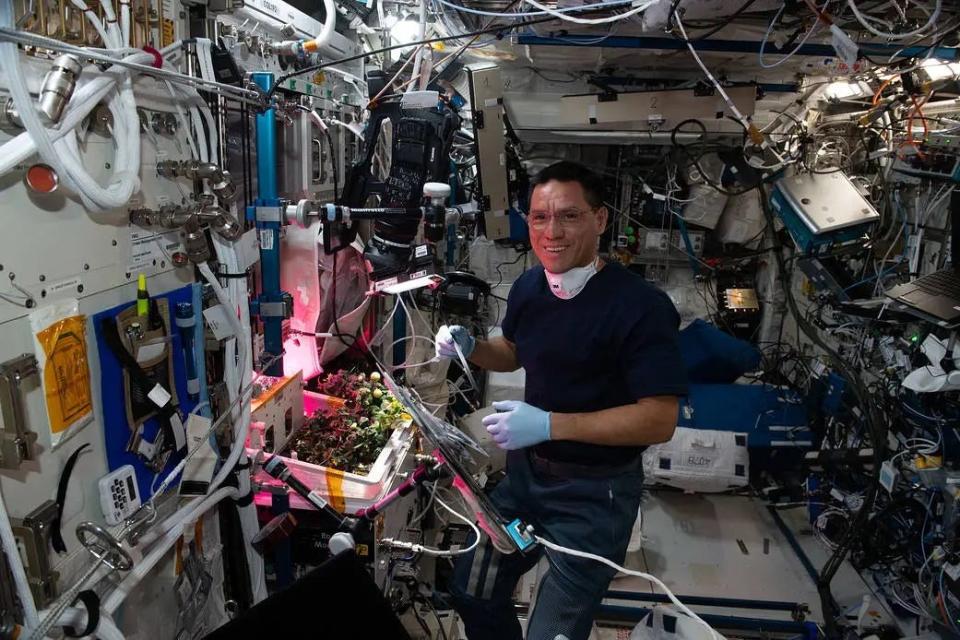

To that end, an international team of scientists calculated 10 different combinations of crops that could be grown during missions in space and published their results in the peer-reviewed journal of the American Chemical Society. Food sciences and technology.
In their study, the researchers took into account the nutritional needs of an astronaut, how much space the crops would take up and also the amount of water each plant needs.
The ‘winning’ crop combination had the best synergy between nutrition and efficient agriculture.
It has a high vitamin content and contains crops that grow within 50 to 100 days and take up relatively few square meters. And, with the exception of the seeds, much of each plant is edible.
Using only the crops from their winning combination, the scientists developed a recipe for a vegetarian space salad, which I tried out myself.
What it tastes like
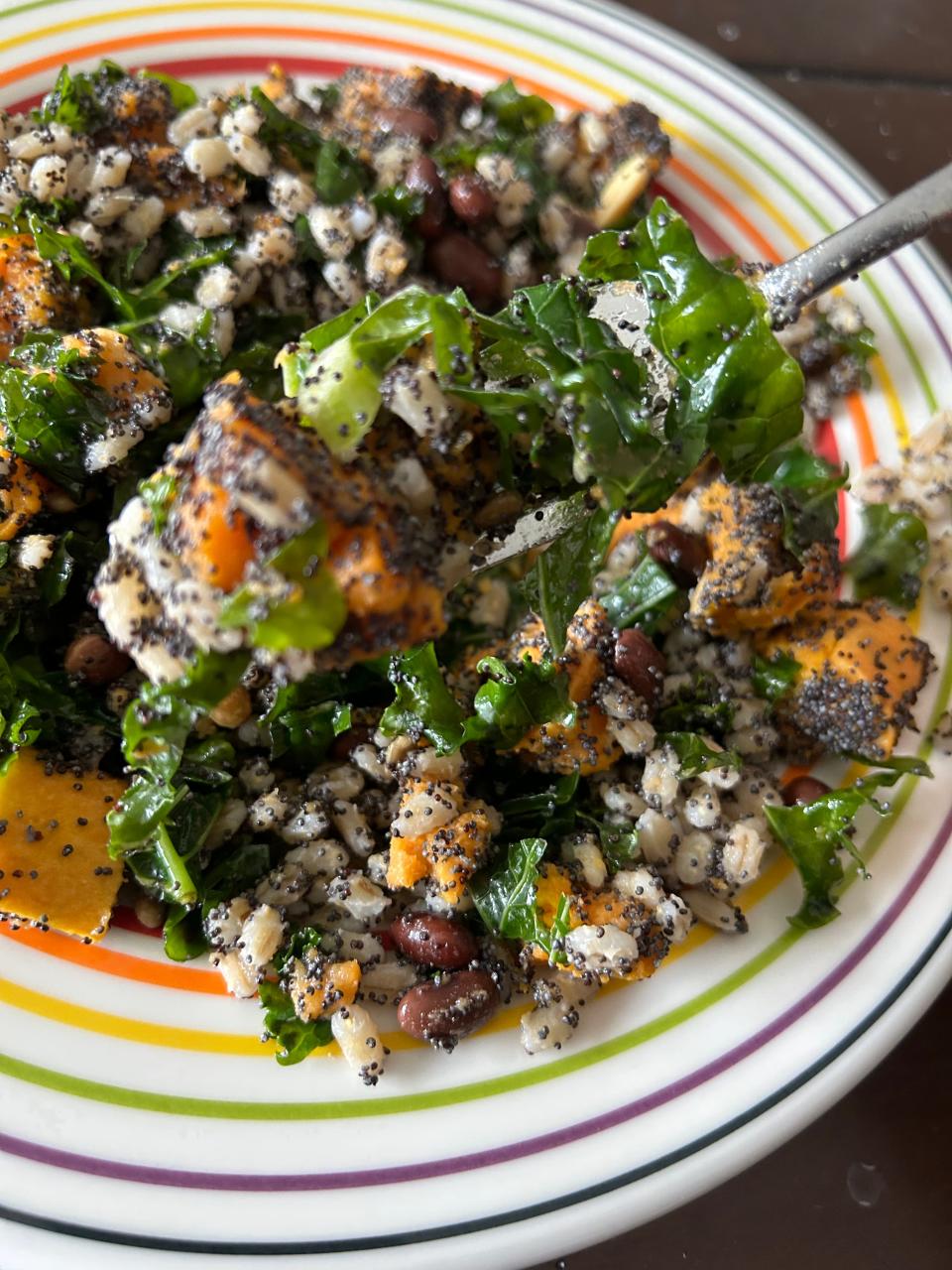

I decided to make the meal and decide for myself what this space salad of the future would look like. I was pleasantly surprised at how flavorful it was.
The recipe is designed to meet the nutritional needs of three male astronauts, each providing approximately 900 calories per serving. Here is a list of the ingredients, according to the research.
You need:
-
642 grams sweet potato (about 5 small potatoes)
-
223 grams pearl barley (about 1 cup)
-
155 grams of poppy seeds
-
79 grams of kale
-
63 grams of soybeans
-
25 grams of peanuts
-
18 grams of sunflower seeds
An astronaut would ideally eat this meal once a week as part of a rotation of dishes, said study co-author Volker Hessel, professor of sustainable chemical engineering at the University of Adelaide.
I could definitely see myself eating the space salad so many times. The salad was easy to make and took about 30 minutes from prep to plate. Plus, all that protein made it filling.
Long space flights require special diets
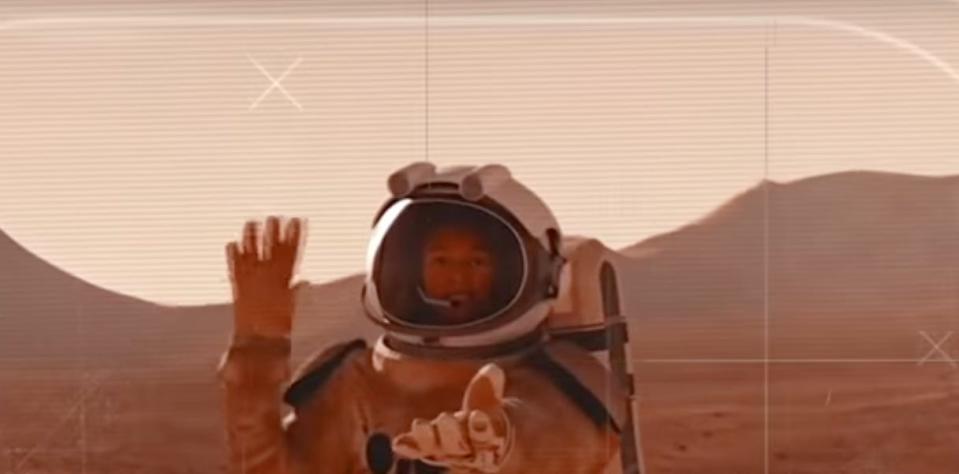

The authors of the study developed the space salad based on NASA Dietary Guidelines for long space travel, using computers to calculate the most nutritious, resource-efficient combination. Business Insider contacted NASA’s Space Food Systems Laboratory for comment but did not respond.
In addition to more energy, astronauts will also need more of certain vitamins, such as calcium and magnesium, to prevent astronauts’ skeletons from wasting away in the absence of gravity. They also need potassium for homeostasis, which balances and stabilizes all body systems.
Now, happily, research from the International Space Station suggests that the nutritional value of crops grown in space is usually close to that of their terrestrial relatives.
Therefore, we can calculate approximately how much food astronauts would earn by eating this space salad.
For example, one serving of the space salad contains:
-
52 g poppy seeds, which contain 749 mg calcium (62% of the recommended daily intake for astronauts
-
214 g of sweet potatoeswhich provide 807 mg potassium (17% of daily intake)
-
74 g barley providing 16 mg magnesium (4% of daily intake)
But of course, not every astronaut needs exactly the same diet.
Future research
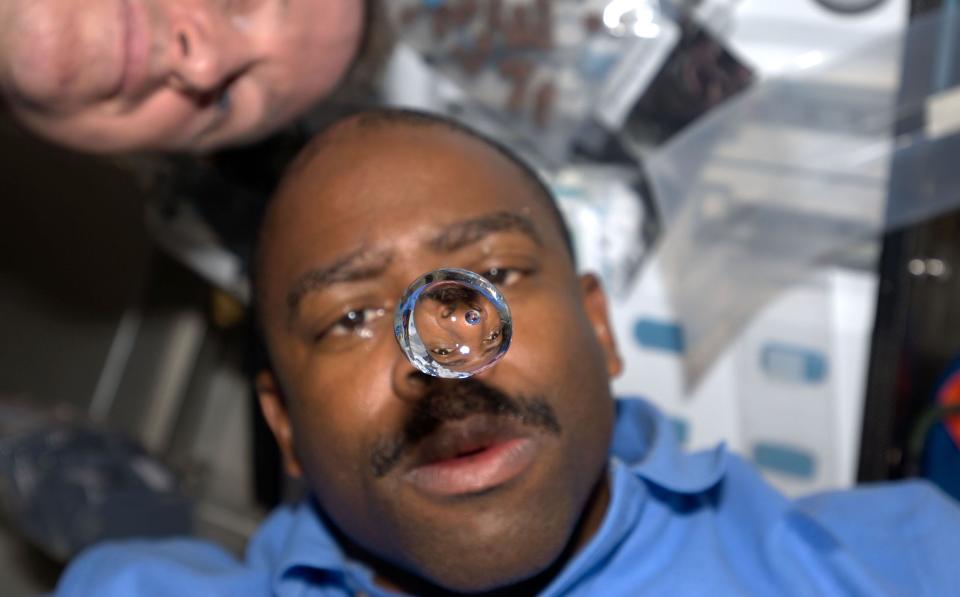

The scenarios in the study were designed for male astronauts only. Female astronauts will likely have different needs for nutrients such as magnesium and iron.
Therefore, the authors said they plan to adjust the diet plans to include female astronauts in future research.
To make matters even more challenging, Hessel said each team member’s body will react differently to the stresses of the space.
Additionally, an astronaut’s nutritional needs may change during the journey.
For example, when an astronaut spends an hour outside the ISS performing an extravehicular activity, NASA Dietary Guidelines 2020 they recommend eating an extra 200 calories that day.
The computer simulations in the study should be able to develop new diets if necessary. “We can make recommendations for new requirements virtually the same day,” Hessel said. But a shuttle’s food supply will have to be flexible enough to take these changes into account.
What about meat?
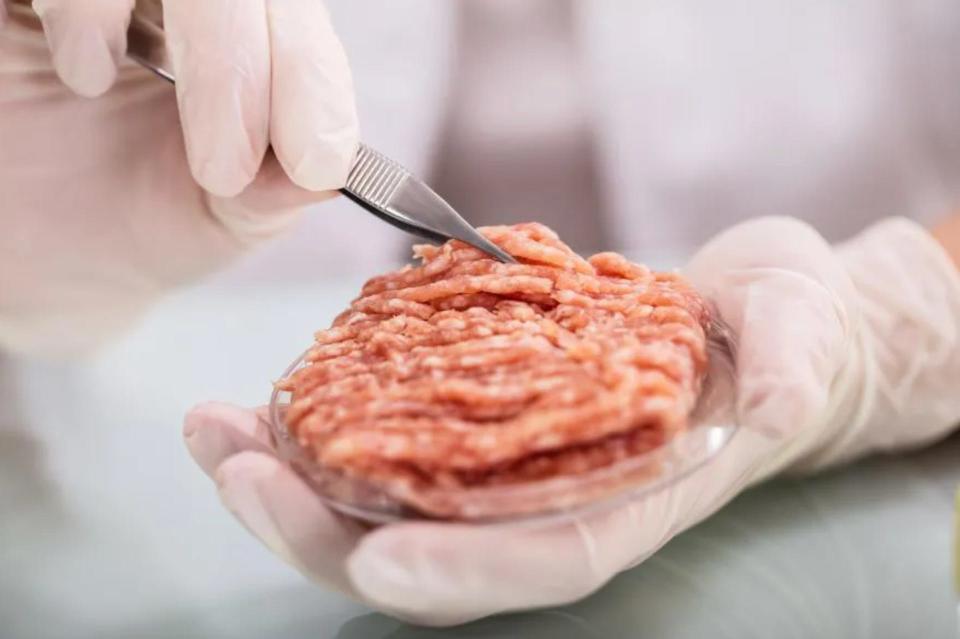

Meat lovers needn’t worry: the future of space doesn’t have to be vegetarian. Past astronaut meals have included dehydrated shrimp cocktail, beef brisket and even teriyaki chicken.
Future space explorers may also be eating a lot of lab meat, which is currently in the middle of the FDA approval process and will soon be available in restaurants.
Scientists are also working on it fish farming in space so astronauts can have fresh meat. The study authors say fish could be an ideal part of a space ecosystem because astronauts can feed them excess plant material and then harvest their feces as fertilizer.
If you want to add meat to your space salad, I recommend pairing it with a lighter option like chicken or tuna. But if your astronaut heart longs for more exploration, you can try any salad addition you like.
Read the original article on Business Insider